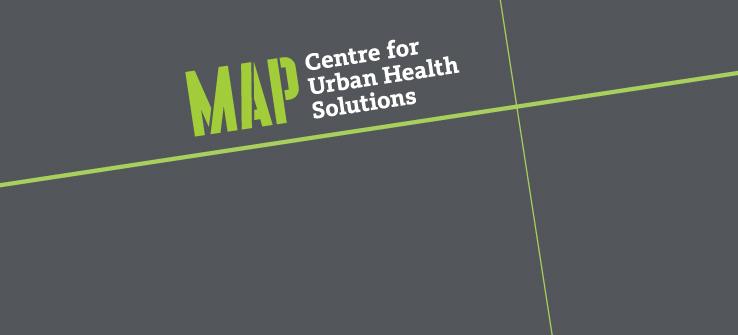From CTV News
A panel of experts made further calls for an independent inquiry into Canada’s COVID-19 response on Tuesday, stressing that the country’s pandemic response must be reviewed before it’s tested once again.
The experts, who penned a series of articles on Canada’s pandemic response that were recently published by the BMJ medical journal, shared their findings at a webinar on Tuesday.
Dr. Sharmistha Mishra, one of the authors, and an infectious disease epidemiologist and physician at University of Toronto and Unity Health Toronto, started her presentation with a number. “52,750,” she said in the webinar, referring to the reported deaths in Canada directly related to COVID-19 as of June 2023.
Dr. Mishra said an independent, public inquiry into the country’s COVID-19 response would summarize what happened over the past three years and allow the country to better prepare for the future.
“An independent, public inquiry could systematically — and with scientific humility — get at why. And getting at the why in a nuanced way has to come with transformative action, implementation, and would also come with evaluations of the changes that are being made and that have been made,” Mishra said.
“We are going to be tested again.”
Published Monday, the experts’ seven-article series was a collaboration from 13 organizations across the country, including physicians, nurses, researchers, legal experts, and humanitarian specialists, aiming to understand the medical and societal complexities of pandemic responses on a national scale.


